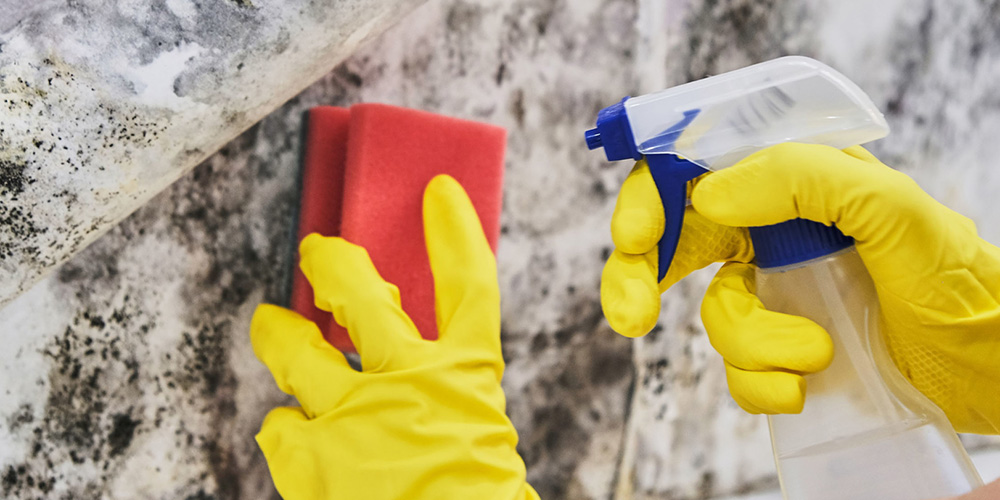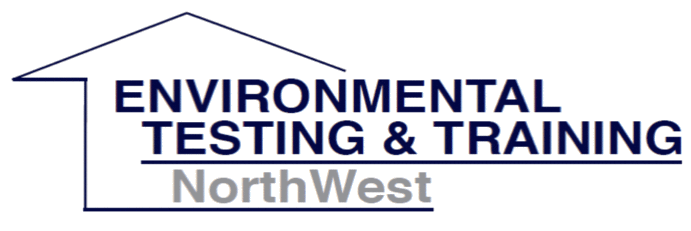Mold Testing in Oregon and Southern Washington
Mold comes in many colors; some have a faint blue tinge, others are green, and you may even see a brown or red mold. ETTNW’s trained staff of professionals can help you determine the type and quality of mold you are exposed to through the following procedures:
- Air Quality Measurement: Mold spore identification
- Sample Analysis: Air-O-Cell or Bio Tape Lift

Black Mold
The most dreaded mold infestation to face in your home is one of black mold. Black mold (which has a very dark green tinge to it) is not always toxic, but when it is it can cause serious neurological disorders, lung and respiratory problems as well as irritable bowel syndrome. Unfortunately, there is no way to know whether or not your mold is harmful without having it tested.
Yellow Mold
Often, yellow buildup on walls, floors or structures can be mistaken for yellow mold when it is actually something else. Visible mushrooms or thick-fruiting body growth is a telltale sign of severe yellow mold growth. However, other discoloration, such as water damage, pollen, household dust, pet urine, mineral deposits and sprayed foam insulation can often be mistaken for mold.
